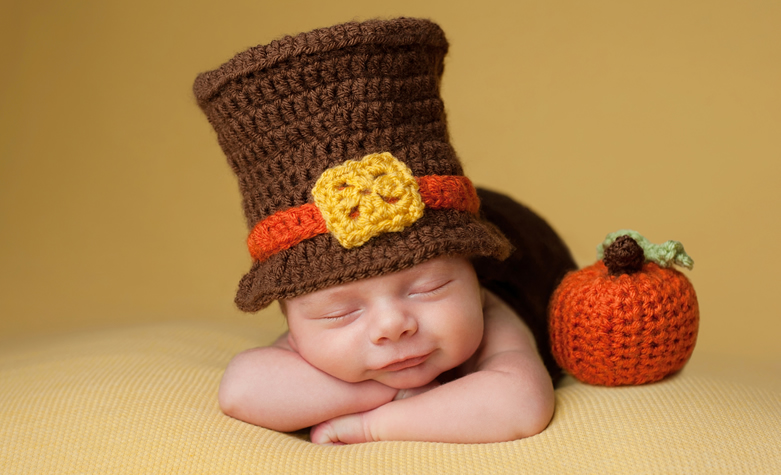The Portland Hospital, 234 Great Portland Street, London, W1W 5QT


The Portland Hospital, 234 Great Portland Street, London, W1W 5QT
Hypospadias is a condition affecting the penis which occurs in 1 in 200 new born males. The meatus/ opening is lower than the traditional position, the foreskin can be partially missing, the penis can appear bent and rotated. Frequently this is diagnosed at birth which can be very stressful and worrisome for the parents and family.
Parents are worried about what will happen in school, will the child ‘wee’ straight, will he be teased and what will happen when is an adult.
Here at London Children’s Surgery we are experts in the management of hypospadias. We recognise that there is a huge amount of anxiety and stress about the condition and our aim at the initial consultation is to explain the problem and reassure the parents and the older child. We will explain all the surgical options and their outcomes and help you make the best choice for your child. If you choose an operation with us we will walk with you every step of our journey.

Hypospadias consist of the opening (meatus) being in a misplaced position. It can be lower on the head of the penis, it can be down on the shaft of the penis or it can occasionally be found at the base of the penis in the scrotum. It can be associated with a hooded foreskin, some rotation of the skin of the penis or some curvature of the penis (chordee).
Normally this condition is diagnosed around the time of birth or in the medical check-ups after that. Occasionally mild forms are identified later on in life or at the time of circumcision. Hypospadias rarely causes symptoms in children.
Hypospadias is a condition where the opening for the ureter is lower down on the penis than in the classical position at the end.
There are no particular known causes for Hypospadias. It can occur in 1 in 300 births. Some children with complex medical conditions have a slightly higher risk of having Hypospadias but the vast majority of young boys spontaneously present with this condition and is not related to anything else.
Many children can have a mild form of hypospadias and conservative management is entirely appropriate. There are a huge number of options and surgery available for hypospadias. The philosophy of our group is to do minimalistic surgery.
One option is to leave the child alone as there is no significant cosmetic or functional impact. Another option is to perform a foreskin reconstruction and a minor hypospadias repair. The third option is a more formal Hypospadias repair. There are of course, other options available for children with a more severe form of Hypospadias where the opening is much closer towards the base of the penis and usually requires reconstructive surgery which is performed in a staged fashion.
Your child will attend the hospital and will need to be appropriately fasted. The procedure will be explained in detail prior. Operation will be performed under general anaesthetic and in a vast majority of cases; child will be able to go home the same day. Most children do require a catheter to be inserted and have a dressing on, but this will all be explained before and after the operation.
If your child has a catheter and a dressing in place, your child will be able to go home with these on. Normally the dressing is left on for 5 – 7 days and you child will return to the hospital at this time to have their dressing removed. During this time, most children will have a regular course of pain relief such as Nurofen and Paracetamol. They will also be prescribed a preventative antibiotic, such as Trimethoprim and an anticholinergic in order to relax their bladder. Some children do suffer from bladder spasms with the catheter in place and hence the reason for the bladder relaxant. It is important that the bladder relaxant medication is stopped the night before the dressing is removed in order to ensure the child is able to void the following day when the catheter is removed.
During the time the dressing is in place, we recommend to keep the area dry and clean. No baths are allowed as this would disrupt the dressing and be very uncomfortable for the child. The easiest way forward is once the dressing and catheter are removed, the child can have regular baths and return to normal activity.
Many children can have a mild form of hypospadias and conservative management is entirely appropriate. There are a huge number of options and surgery available for hypospadias. The philosophy of our group is to do minimalistic surgery.
One option is to leave the child alone as there is no significant cosmetic or functional impact. Another option is to perform a foreskin reconstruction and a minor hypospadias repair. The third option is a more formal Hypospadias repair. There are of course, other options available for children with a more severe form of Hypospadias where the opening is much closer towards the base of the penis and usually requires reconstructive surgery which is performed in a staged fashion.
Copyright © 2024 London children’s surgery. All rights reserved.
The contents on this site is for information only, and is not meant to substitute the advice of your own physician or other medical professional.